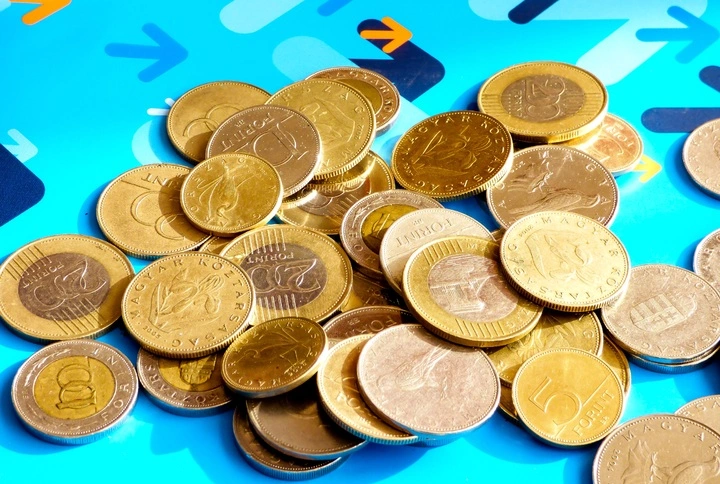forint
Central bank’s surprising decision: forint starts to strengthen – UPDATED

Hungarian forint has fallen to a low we have not seen for months

Hungarian forint the weakest this year; decline may continue due to national bank decisions

The Hungarian forint has reached a new low

Hungary to honour Nobel Laureates Karikó, Krausz with commemorative coins

When will Hungary introduce the euro and what effect will it possibly have?

Hungarian forint falls to its lowest this year

Hungarian central bank: big turnaround to come, forint reacts

Could the smallest coin be withdrawn and a new forint banknote arrive? The MNB answers

Hungarian forint starts 2024 with weakening + prognosis

Hungarian forint: Europe’s favourite currency

The Hungarian forint has been mixed in recent days

What happened this year? — These were the most popular articles on DNH in 2023

Experts’ grim prognosis for Hungarian forint: 450/EUR on the horizon?

Good news: pay rises coming in Hungary

Central bank governor talks about euro introduction in Hungary

The National Bank of Hungary releases new commemorative coins

Hungary’s economic forecast: inflation, growth, and exchange rates






